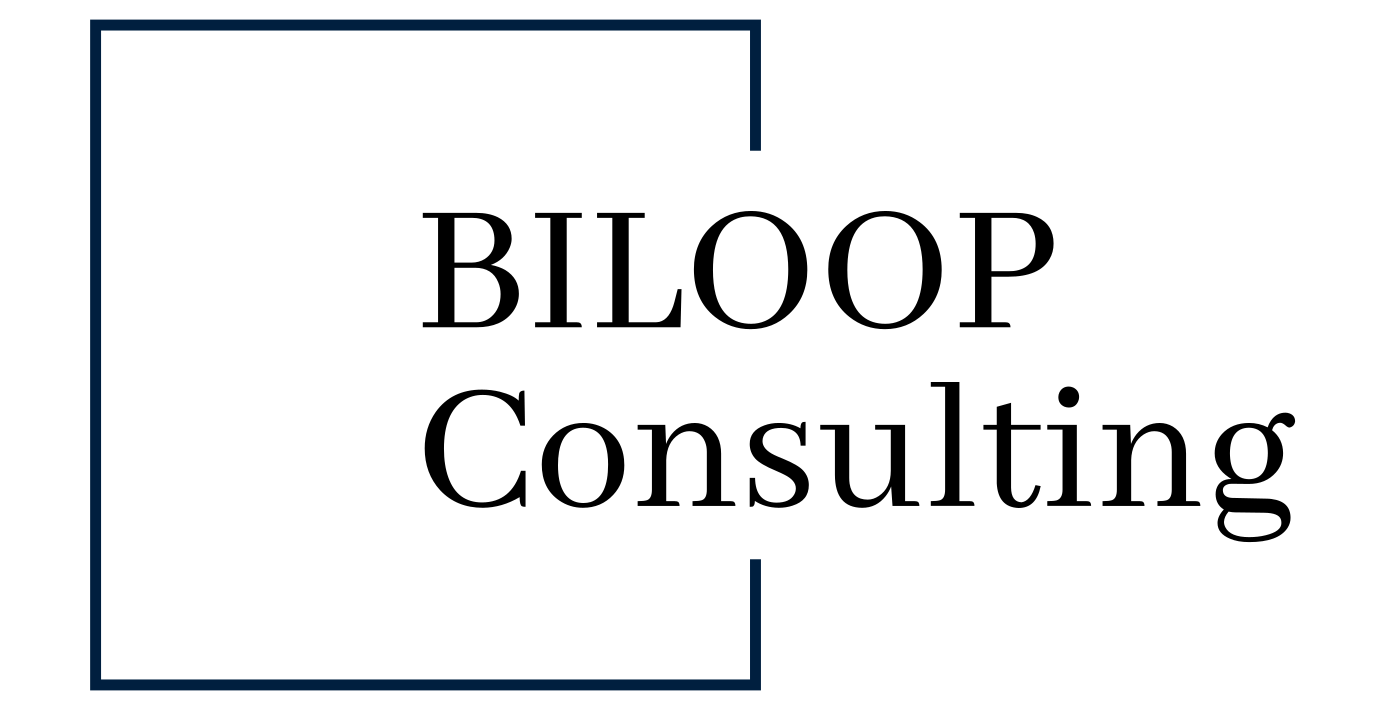The public sector is facing growing complexity. Citizens demand transparency, efficiency, and modern solutions, while governments and institutions must navigate resource constraints, diverse stakeholder interests, and rapidly evolving challenges like digital transformation, climate change, and social equity.
In such a dynamic environment, achieving alignment across departments, teams, and external stakeholders is more important than ever. But what does alignment mean for the public sector, and how can it create meaningful impact?

What Is Alignment in the Public Sector?
Alignment refers to the strategic process of ensuring that all activities, resources, and stakeholders are focused on shared goals. In the public sector, this often means:
- Aligning government agencies, departments, and their teams toward policy objectives.
- Ensuring public-private partnerships and stakeholder collaborations work cohesively.
- Streamlining processes to serve citizens more effectively and efficiently.
The Value of Alignment in the Public Sector
1. Enhancing Interdepartmental Collaboration
Public sector organizations often operate in silos, with departments pursuing their goals independently. Alignment breaks down these silos, fostering:
- Cooperation: Departments work together on shared projects, reducing redundancy.
- Clear communication: All stakeholders understand their roles and contributions.
2. Improving Policy Implementation
Well-aligned teams ensure that policies move from conception to execution without unnecessary delays or conflicts. Alignment methods like Objectives and Key Results (OKR) or Balanced Scorecards help focus resources on achieving measurable outcomes.
3. Increasing Public Trust
Citizens expect transparency, accountability, and consistent delivery of services. Alignment ensures that government messaging, actions, and outcomes are coherent, boosting public confidence.
4. Addressing Complex Challenges
From climate change to housing crises, today’s challenges are interconnected and require multi-stakeholder solutions. Alignment creates a unified approach that mobilizes diverse resources and perspectives effectively.
How to Achieve Alignment in the Public Sector
1. Set Clear and Measurable Objectives
Government leaders must define a clear vision and set realistic goals. Alignment tools like OKRs help articulate these objectives and ensure everyone is working toward them.
2. Foster Inclusive Stakeholder Engagement
The public sector involves diverse stakeholders, including citizens, businesses, NGOs, and internal teams. Alignment relies on regular dialogue and feedback to build trust and shared ownership of goals.
3. Invest in Digital Tools
Modern alignment requires leveraging technology to track progress, share data, and improve communication. Platforms like project management software and dashboards can centralize information and enhance collaboration.
4. Train Leadership Teams
Alignment starts at the top. Public sector leaders must model aligned behavior by clearly communicating priorities, fostering collaboration, and resolving conflicts efficiently.
Examples of Alignment in the Public Sector
- City-Wide Sustainability Programs
Many cities are using alignment methods to implement sustainable development goals. For example, aligning urban planning, public transportation, and waste management departments ensures cohesive environmental strategies. - Health Crisis Management
During the COVID-19 pandemic, alignment across public health agencies, private healthcare providers, and international organizations was crucial in coordinating vaccine distribution and communication campaigns. - Digital Transformation Initiatives
Governments investing in e-governance platforms align IT departments, policymakers, and end-users to create citizen-friendly digital solutions.
Challenges to Alignment in the Public Sector
- Bureaucratic inertia: Rigid structures and processes can slow down alignment efforts.
- Conflicting interests: Balancing the needs of diverse stakeholders requires skilled negotiation and mediation.
- Resource constraints: Limited budgets and human resources can hinder effective implementation.
Despite these obstacles, alignment methods provide frameworks to navigate such complexities and deliver better outcomes for all stakeholders.
Conclusion: Why Alignment Matters for the Public Sector
Alignment isn’t just a business concept; it’s a critical strategy for the public sector. By aligning objectives, resources, and stakeholders, governments and institutions can overcome challenges, improve efficiency, and better serve citizens.

